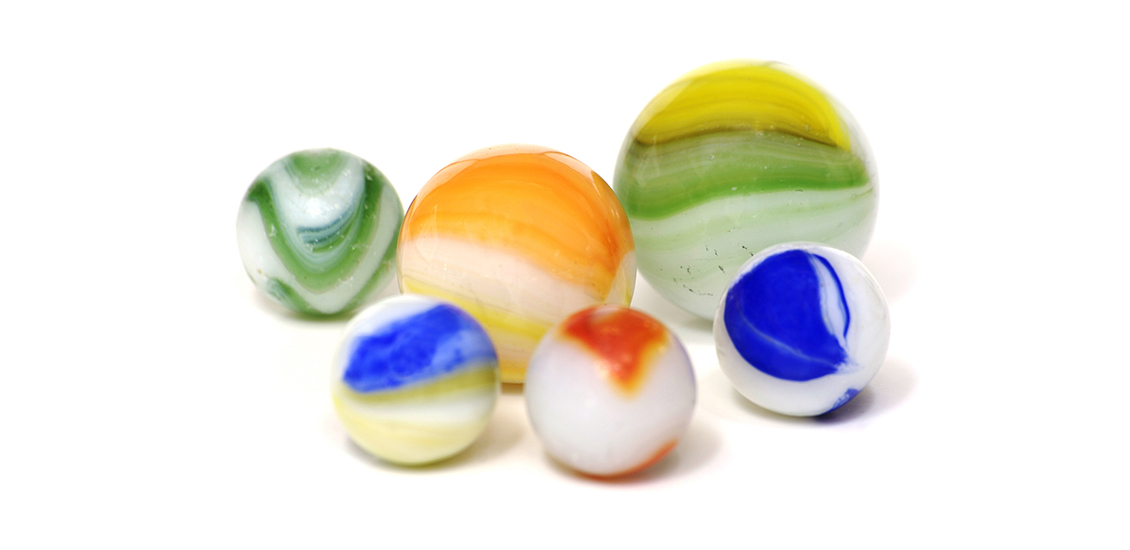Events and programming
July 4–5

Activity
Spotlight on Retro – Discover Popular Music in Canada
July 4, 2025
See all timesIncluded with admission

Activity
Spotlight on Retro – Discover Popular Music in Canada
July 5, 2025
See all timesIncluded with admission
Plan your visit
Visit the Museum
Planning a visit to the Museum in Gatineau? Here is everything you need to know about hours, admission fees, visitor services, and more.
Plan your visit







